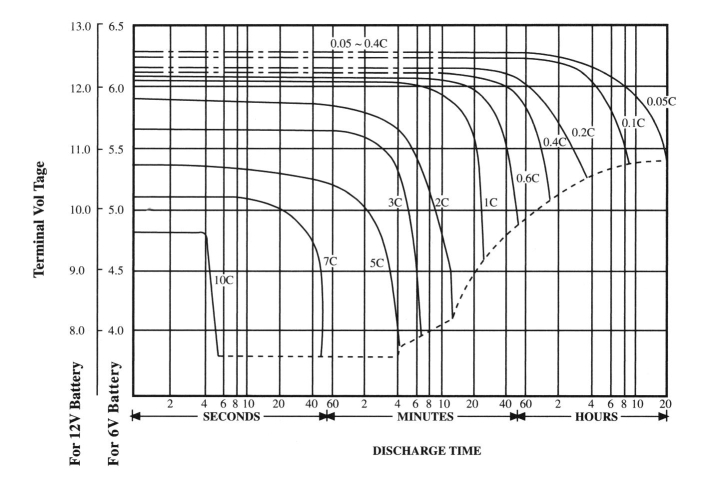For example I have 8 6v 230ah ACDELCO 845A in series and when I disconnected all loads and charged them all the way up with my panels and mppt till the voltage stopped climbing and then left them at float voltage for another day and then disconnected the batteries from the controller and left them overnight I measured the voltage and it was 52.3v, sounds like they are full to me.
If I then were to discharge them at a rate of 11.5 amps each hour for 20 hours so I use what the manufacturer declares the AH to be then what will my voltage be at the end after disconnecting all loads and waiting a few hours before measuring the voltage?
Please use examples of any batteries you are very familiar with.
If I then were to discharge them at a rate of 11.5 amps each hour for 20 hours so I use what the manufacturer declares the AH to be then what will my voltage be at the end after disconnecting all loads and waiting a few hours before measuring the voltage?
Please use examples of any batteries you are very familiar with.


Comment